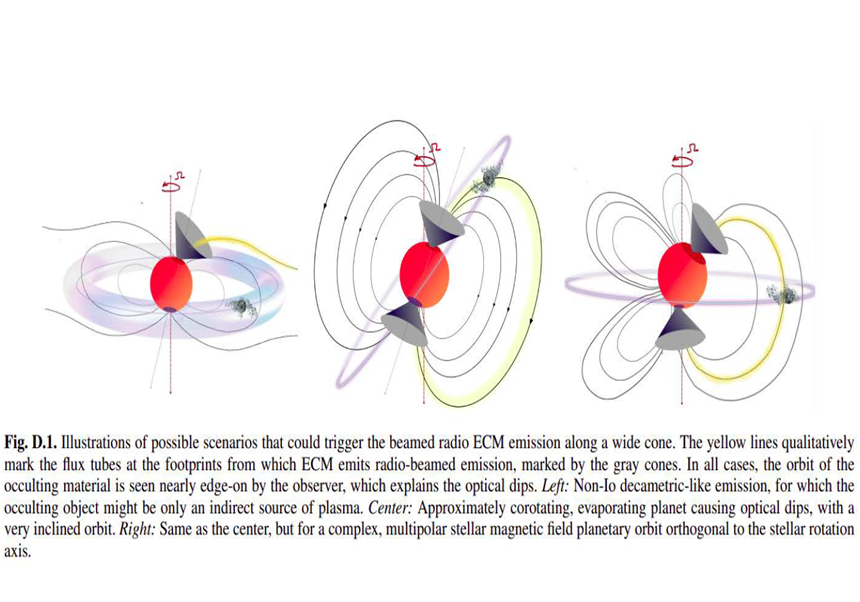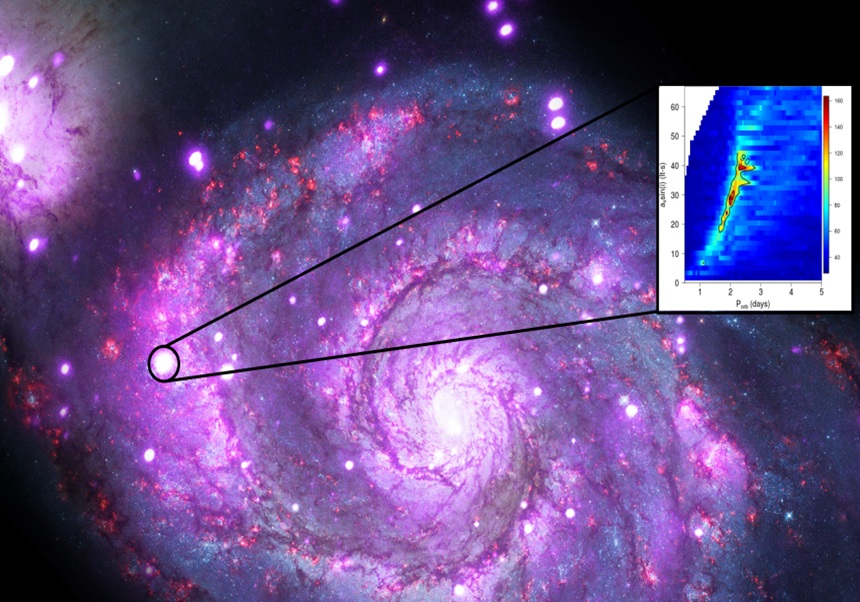The night of Wednesday the 20th in Thursday the 21st February a TOTAL ECLIPSE OF MOON will be produced. The maximum of the eclipse will happen at 4 hr 26m. This month, after the setting of the Sun, if you look towards the south and you raise enough your head, you will see the red planet, Mars. Saturn will be observable practically all the night in the constellation of Leo. At the beginning of February it will rise in the east towards 21 h. and towards 19 h. at the end of month.
The sky of winter shows the most beautiful constellations of the sky. Some of them are big and with brilliant stars like Orion, Taurus or Auriga; other are little outstanding like the Unicorn (Monoceros). This mythical horse with a horn on its head in the form of spiral is very often considered symbol of chastity and purity. The set of weak stars among Can Minor and Major in the left of Orió were grouped under the figure of this mythological animal, in the year 1613, by the astronomer Pieter Platevoit (in latinized form Petrus Plancius).
This constellation of Monoceros lays on the Milky Way, aspect that shows our galaxy seen from the Earth. In Unicorn crowd of interesting objects can be found like multiple stars, stellar cluster or nebulae. The nebula of the Rosette is the best known. It is found at 5200 light years and it has a diameter of 130 years old. In its interior new stars are created and stars continue being created from the collapse of the gas. As a matter of fact the luminosity of the nebula comes from the light of the stars formed in its interior. In the center we observe the stellar cluster NGC 2244 already discovered in 1690 for John Flamsteed, first This constellation of Monoceros finds about the Lactic Way, aspect|look that shows our galaxy seen from the Earth|Land. In Unicorn crowd|mass of objects can be found of interis like multiple kites|stars, stellar cumuli or nebulous. The nebula of the Rosette is the best known. Light of the Earth|Land is found at some 5200 years and light of diameter is some 130 years old. To|In its|his|her|their sinus they have been educated and stars continue being created from the collapse of the gas. As a matter of fact the nebula stands out for the light that the stars formed in its|his|her|their inland|inside issue. In the center we observe the stellar cumulus NGC 2244 already uncovered in 1690 for John Flamsteed, first British Royal Astronomer and founder of the Royal Greenwich Observatory.
After the setting of the Sun if you look towards the south and you raise your head enough, you will see the red planet, Mars. The planet that now shines more than the majority of stars is placed in the constellation of Taurus, among the horns of the great celestial bull and in the north of Orion. It will be visible during all the month. On the 15 and 16 of February the Moon will be very near.
Saturn will be observable practically all the night in the constellation of Leo. At the beginning of February it will rise in the east towards 21 h. and towards 19 h. at the end of month. Use your telescopes and try to see its fascinating rings.
Jupiter and Venus will be seen all the month, both towards the south-east, but little before the rise of the Sun. On the 1 of February both planets will be close together, with a spectacular encounter.
On the 7 February we will have a Moon in phase of new. On the 14th February the Moon will show the aspect of fist quarter. Finally we will have full moon on 21 February, and last quarter on 29.
The night of Wednesday the 20th in Thursday the 21st February a total eclipse of Moon will be produced. Our satellite will cross the shadow of the Earth for the inferior zone, so the eclipse will not last too much. From here the Moon will totally darken during 51 minutes. It will be in this moment when we are able to see one magnificant red Moon. There is an inconvenience, however. The phase of total darkening will occur among 4 hr 00 m and 4 hr 51 m and the maximum of the eclipse will happen at 4 hr 26 m of the morning. Try to obtain the diagram of the eclipse.
The attached image represents a map of the night sky of the 1st February of 2008, at 23:30 hours (official hour), which can be used for the observation. Put it on top of your head with the inferior part in the south direction (S). In this case you will have the North (N) in your back, the East (E) will be in the left and the West in the right. Then you will see how the stars of the map correspond with those of the sky. This planisphere can also serve to you during all the month. It will only be necessary to eliminate 4 minutes per day of the time of indicated observation. This card will be correct equally for the 15th at 22:30 hours and for the 29th at 21:30 hours.
Celestial map for the month of February 2008

Attached figure: Celestial map for the month of February 2008. Valid for the 1 February at 23:30 hours. To use it with other days it will be necessary to eliminate 4 minutes per day of the time of indicated observation. Graph of the program Cartes du Ciel.
Links:













